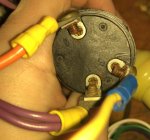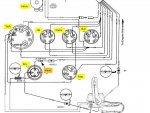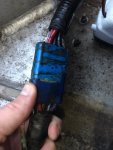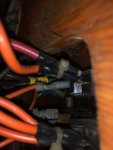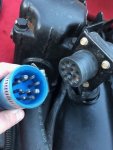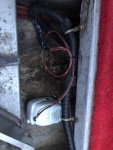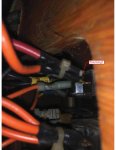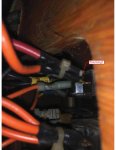adamsanders
Cadet
- Joined
- Apr 22, 2019
- Messages
- 18
I have a problem I am hoping to get some advice on regarding an electrical issue I am having on my boat. It is a Baja SK200 ski boat with a Mercruiser 454. Last fall while I was winterizing the boat, I was cranking it on a low battery. I went to swap the battery but apparently I had held the key on too long because I had no power whatsoever after the new battery was hooked up. Nothing to the dash, starter, bilge pump, etc. I figured I had blown a fuse due to the low voltage /high current cranking. I jumpered the ignition coil and cranked the boat to finish winterizing. Now I am trying to track the problem down.
I have followed 12V from the battery to the starter, and back up to the BAT post on the ignition switch with the KEY OFF. When I turn the key to ON/I, the 12V disappears from both the BAT terminal and the Ignition terminal. If I take a jumper and go from the positive of the battery to “I” terminal on the ignition switch AND turn the key on, the dash lights up. I can also crank the boat if I put another jumper on the Start terminal of the switch.
My confusion comes from the fact that when I take the switch out of the boat completely, I get continuity between the battery post and the ignition post with the key on and also to the start post when turned to the correct position. This would indicate a good switch. What am I missing here? Thanks in advance.
I have followed 12V from the battery to the starter, and back up to the BAT post on the ignition switch with the KEY OFF. When I turn the key to ON/I, the 12V disappears from both the BAT terminal and the Ignition terminal. If I take a jumper and go from the positive of the battery to “I” terminal on the ignition switch AND turn the key on, the dash lights up. I can also crank the boat if I put another jumper on the Start terminal of the switch.
My confusion comes from the fact that when I take the switch out of the boat completely, I get continuity between the battery post and the ignition post with the key on and also to the start post when turned to the correct position. This would indicate a good switch. What am I missing here? Thanks in advance.




















